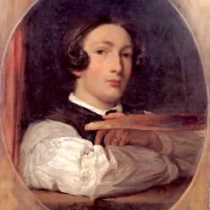 1830 - 1896
academic classicism
1830 - 1896
academic classicism
Description Lord Frederick Leighton
Lord Frederick Leighton, one of the most celebrated artists of the Victorian era, left an indelible mark on the world of art through his remarkable paintings and his influential role in the art community. Born on December 3, 1830, in Scarborough, England, Leighton displayed an early aptitude for art, and his talent was nurtured by his family.
Leighton's artistic journey took him to many corners of the world. He received his formal education at the University of Oxford but decided to pursue art wholeheartedly, training at prestigious institutions in Europe, including the Royal Academy of Fine Arts in Florence. This exposure to different artistic traditions profoundly influenced his style, which would later be characterized by a fusion of classical and oriental elements.
One of Leighton's defining features as an artist was his unwavering commitment to academic principles. He believed in the meticulous study of anatomy, perspective, and the great masters of the past. This dedication to the fundamentals of art is evident in his meticulously executed works, which often featured idealized figures, historical themes, and mythological subjects.
Leighton's oeuvre includes some of the most iconic paintings of the 19th century. His masterpiece, "Flaming June," is a testament to his ability to capture the sensuous beauty of the female form and the play of light and shadow. The painting's vibrant colors and dreamlike quality continue to captivate audiences to this day.
In addition to his artistic endeavors, Lord Leighton played a pivotal role in the art world as the President of the Royal Academy of Arts from 1878 until his death in 1896. His leadership and advocacy for the arts left an enduring legacy, as he worked tirelessly to promote art education and support fellow artists.
Leighton's impact extended beyond the canvas and the academy. He was deeply interested in the Aesthetic Movement and the decorative arts, contributing to the revival of interest in the art of ancient Greece and the Orient. His own home, Leighton House Museum in London, stands as a testament to his love for art and architecture, with its stunning interiors and extensive collection of artworks.
Lord Frederick Leighton's artistic vision and dedication to the pursuit of beauty left an indelible mark on the Victorian era. His works continue to inspire and captivate art enthusiasts worldwide, reminding us of the enduring power of art to transcend time and culture.
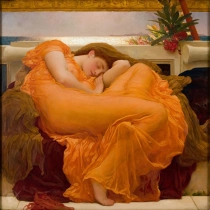

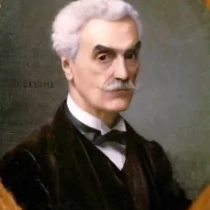
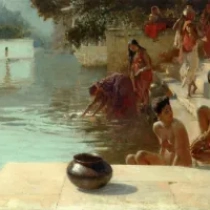
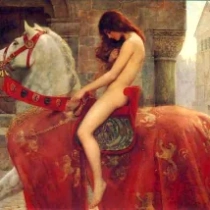
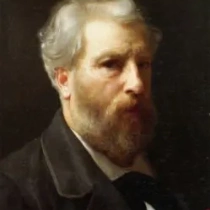
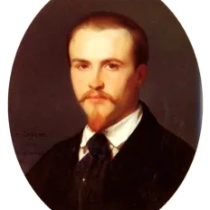
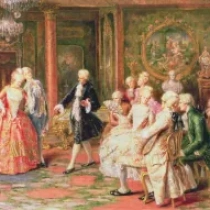
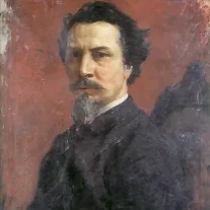
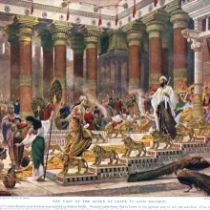
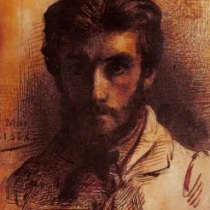


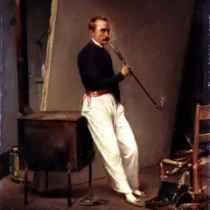
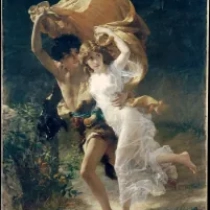


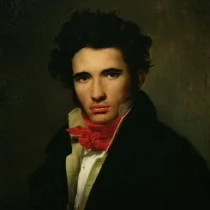

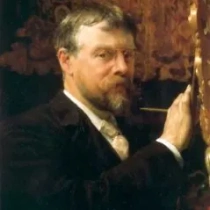
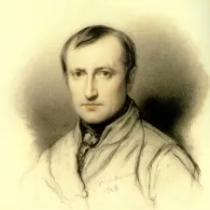
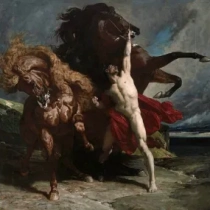

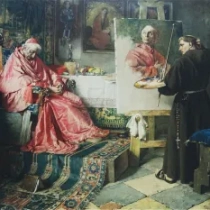
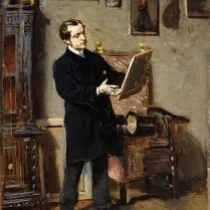
No Comments Yet...